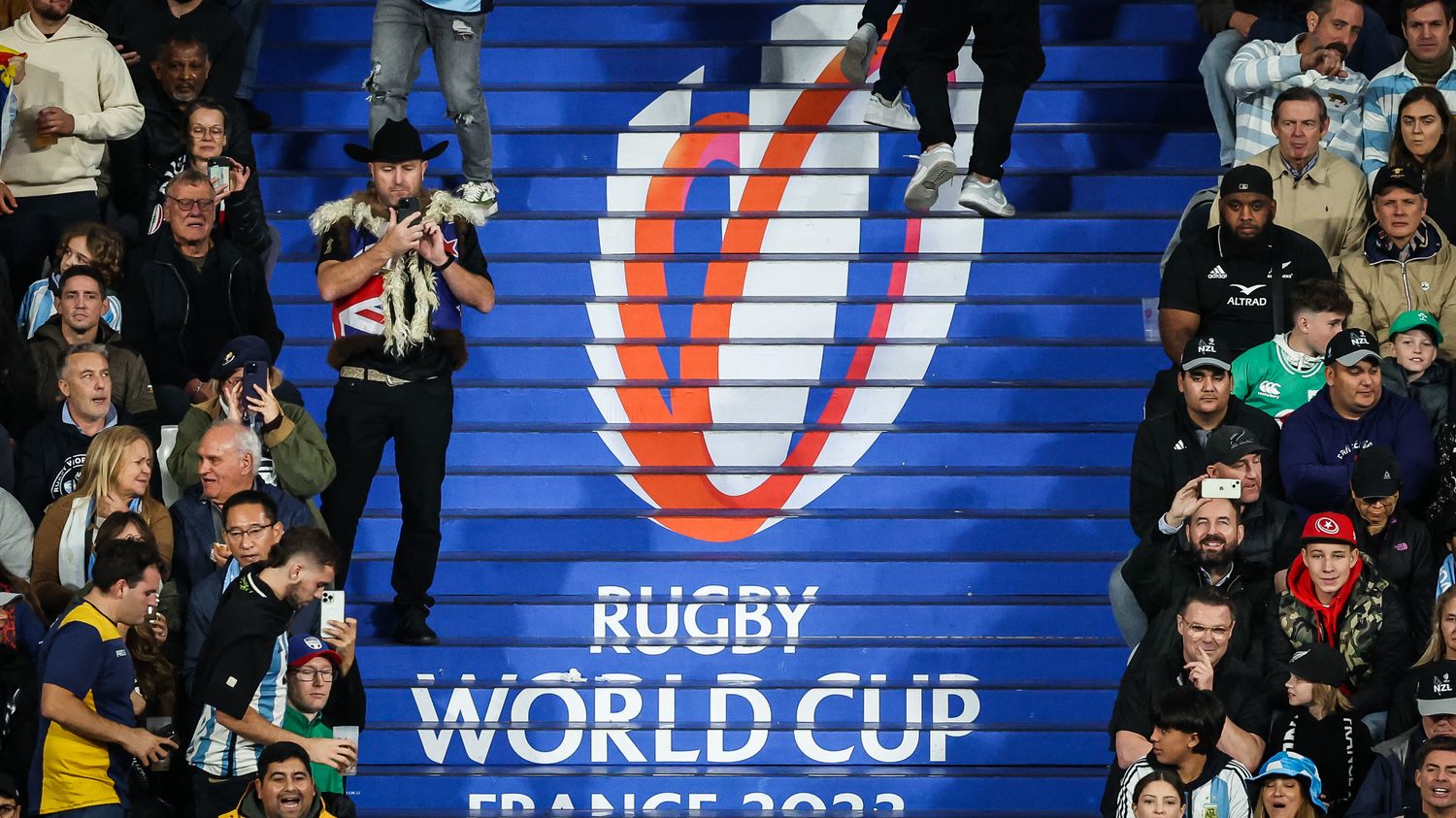In the works for several weeks, the enlargement was made official on Tuesday by the world body. The World Cup previously had 20 teams.
Criticized throughout the competition, the format of the Rugby World Cup will undergo modifications with a view to the 2027 edition, in Australia. The first of these concerns the number of participants, expanded from 20 to 24 teams. These will be divided into six groups of four teams, with qualification for the first two nations in each group and the four best third-placed teams.
The “surviving” selections from these groups will compete in the round of 16, unprecedented until then, according to a format identical to Euro football. With this reform, World Rugby wishes to reduce the duration of a very long group stage (one month in 2023). The competition will, in this sense, be shortened and go from seven to six weeks.
This expansion is not trivial, in a sport that is still very compartmentalized. In ten editions, only 26 nations have already participated in the World Cup. Some regulars but not qualified in 2023, such as Canada or the United States, could benefit from this reform, as could some emerging countries such as Hong Kong or Spain.
The League of Nations made official
Details of the qualification processes will be announced at a later date, World Rugby continued. Twelve nations are already automatically qualified thanks to their position among the first three of their respective groups during the current World Cup: France, New Zealand, Italy, Ireland, South Africa, Scotland, Wales, Fiji, Australia, England, Argentina and Japan.
World Rugby has also formalized the creation of a Nations League of 12 teams in 2026, which will replace the traditional summer and autumn tours. This competition, held every two years, will pit the Six Nations and Rugby Championship teams against each other, with two additional guests. A second division will also be created, with a promotion and relegation system which will be effective in 2030.
